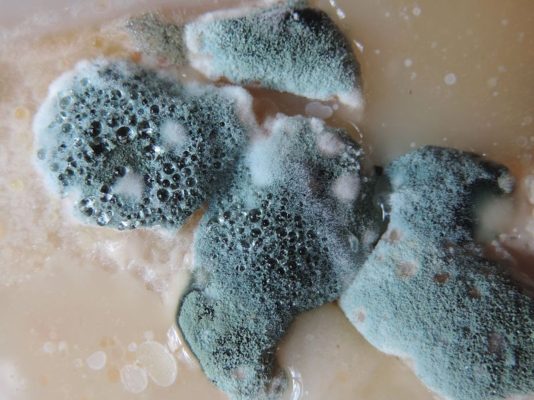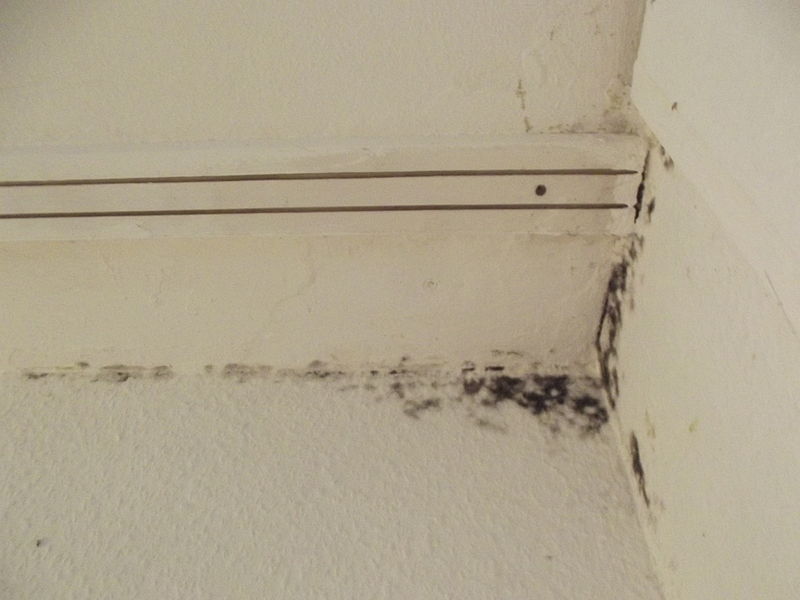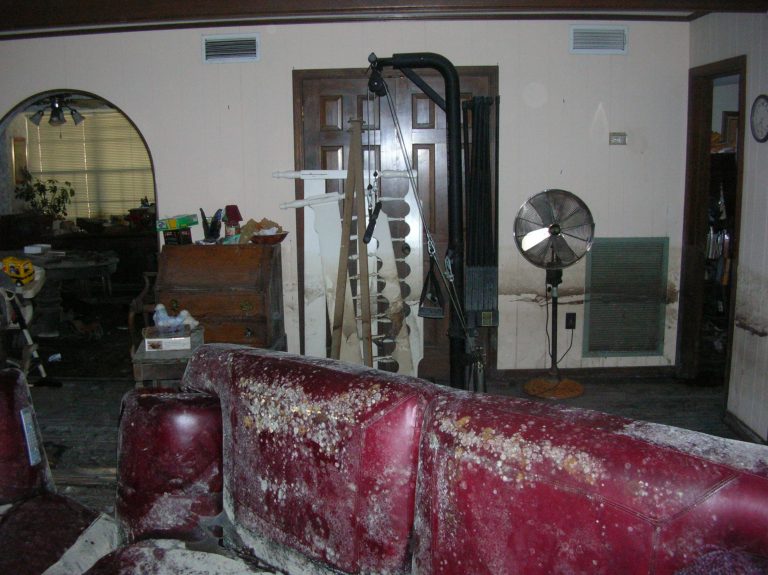Insurance Claims & Coverage Guide Understanding Mold Insurance Coverage in Western Pennsylvania
In the past, home insurance policies typically covered most mold damage claims when resulting from covered perils such as sudden plumbing leaks, fire control efforts, or storms. However, as public and scientific knowledge about mold-related health hazards has increased, insurance carriers have begun removing or limiting such coverage from their policy forms.
Many insurance companies now offer limited coverage for mold, fungus, or rot damage—but only for additional premiums. Before filing a claim, it’s crucial to understand exactly what your policy covers regarding mold damage.
Why Mold Damage Is Common in Pittsburgh?
The Greater Pittsburgh area’s climate creates ideal conditions for mold growth:
- Frequent rainfall throughout the year
- Humid summers with limited dry periods
- Temperature fluctuations that create condensation
According to the Centers for Disease Control and Prevention (CDC), while mold exists everywhere, these Western Pennsylvania weather conditions help mold grow at exponential rates. When moisture remains present, what starts as a minor issue can quickly become a significant problem requiring professional remediation.

What Is Mold and Why Is It Dangerous?
Mold is a type of fungi found both indoors and outdoors. Scientists estimate tens of thousands to potentially three hundred thousand mold species exist. They thrive in warm, damp environments and reproduce by releasing spores that can survive even in harsh, dry conditions.
Health Effects of Mold Exposure
Mold can cause various health problems, with some individuals being more sensitive than others:
-
- Respiratory issues (coughing, wheezing, asthma attacks)
- Nasal congestion and sinus problems
- Throat irritation
- Eye irritation and redness
- Skin irritations and rashes
- Headaches and fatigue
People with existing allergies, asthma, or compromised immune systems face greater risks from mold exposure.
Common Areas for Mold Growth in Pittsburgh Homes
Bathrooms
Bathrooms create perfect conditions for mold with their constant moisture. Check around:
- Shower and bathtub surfaces
- Sink fixtures and under-sink cabinets
- Toilet bases and tanks
- Shower curtains and bath mats
- Wall joints and ceiling corners

Kitchens
Despite needing cleanliness, kitchens harbor many mold-prone areas:
- Under-sink plumbing areas
- Refrigerator drip pans and door seals
- Microwave and stove hood moisture
- Window sills where condensation collects
- Garbage disposals and wet sponges
Bedrooms
Bedrooms can develop mold problems, particularly around:
- Windows and window sills
- Air conditioning and heating vents
- Mattresses in humid environments
- Closets with poor ventilation
Living Areas
Common living space mold locations include:
- Upholstered furniture and curtains
- Indoor plants and their soil
- Fireplaces and chimneys
- Books, papers, and fabric items stored in humid areas

Basements & Garages
These areas frequently experience moisture problems:
- Foundation walls
- Storage areas with poor ventilation
- Areas around water heaters or washing machines
- Garage doors and windows where water may collect
Mold Insurance Claims: What You Need to Know
Most home insurance policies do not cover mold damage unless it results directly from a “covered peril.” Insurance companies typically consider mold prevention part of routine home maintenance, which falls under homeowner responsibility.
When Mold Damage Might Be Covered:
- After a pipe bursts suddenly and causes water damage
- Following firefighting efforts that saturate walls and floors
- After storm damage that allows water intrusion
When Mold Damage Is Typically Not Covered:
- Ongoing moisture problems like slow leaks
- High humidity issues without a specific water event
- Poor home maintenance or ventilation
- Pre-existing mold conditions
Professional Mold Remediation: When to Call Experts
While minor mold issues can sometimes be addressed by homeowners, professional remediation becomes necessary when:
- The affected area exceeds 10 square feet
- Mold appears after sewage or contaminated water exposure
- Mold grows within HVAC systems
- Wood structural elements show signs of mold damage
- Residents experience health symptoms potentially related to mold exposure
Professional remediation costs in Pittsburgh average $7,500-$10,000 for significant projects, though smaller jobs may cost less.
How a Public Adjuster Can Help With Mold Claims
If you discover mold damage in your home, contacting a public adjuster before filing an insurance claim can significantly improve your chances of receiving fair compensation. A public adjuster will:
- Document the mold damage thoroughly with proper evidence
- Identify the source of moisture causing the mold growth
- Review your insurance policy to determine potential coverage
- Prepare a comprehensive claim that maximizes your potential benefits
- Negotiate directly with the insurance company on your behalf
- Ensure proper remediation standards are followed
Don’t struggle against insurance companies alone. Contact our experienced public adjusters today to help you navigate the complex process of mold damage claims in Pittsburgh.
FAQs about Mold Damage Insurance Coverage
It takes mold about 24-48 hours to grow.
Nationally, the average cost to remove mold is slightly above $7,500. Larger projects done by professionals cost about $10,000 or more.
It is not a good idea to attempt to remove the mold yourself if:
- The mold covers more than three feet by three feet
- Mold forms after hazardous waste or sewage water contaminate flood waters.
- Mold is often found in heating, ventilation and air conditioning systems of your home. Since most homeowners are not equipped to properly remove mold from HVAC systems.
- You’re not sure how to properly get the job done or the tools needed for the job.
- Molds exist on your wood that cannot be taken out and replaced
- You have a medical condition such as asthma, environmental allergies, or an immune system disorder
- Your household already has signs of mold-related illness, such as sneezing, coughing, runny nose, shortness of breath, wheezing, migraines, sore throat, or chronic sinus infections.
How to identify mold: Household mold is easy to identify and spot. It appears as a discoloration on the ceiling, wall or floor ranging from different colors such as: black, blue, orange, red, violet, white or yellow. Since, most discoloration aren’t molds, apply drops of bleach on the spot to see if it could be mold. If it changes colors or disappears completely, it could be mold.
Everywhere, all year round people find mold. It starts as spores and gradually becomes grown throughout the home. According to Basement Systems, the Stack Effect is what happens when warm air rises inside the home and leave through the upper levels and attic. While this is happening, air from the lower levels draw upwards from the basement and crawl space creating a vacuum. This vacuum collects mold spores, humidity, dust mites, and odor which spreads throughout the main area of your home.
According to the Centers for Disease Control and Prevention (CDC), mold exists everywhere. It existed even before you moved into your home. This means, mold exists in the bathroom, kitchen, bedroom, living area, garage, and other places such as your ceilings, walls, carpeting, fabric, and upholstery, washing machines and even dryers.
According to FEMA, mold and mildew damages caused by flooding are usually covered but evaluated case by case. However, mold and mildew damages that already existed before the flood, are not covered. Policyholder expectation requires you to take appropriate actions to diminish mold and mildew buildup after a flood.
At this point, we already know that mold grows everywhere. In some instances, they are harmless but as they grow it becomes harmful. So, the goal now is to figure out the 5 W’S of how a public adjuster can help you.